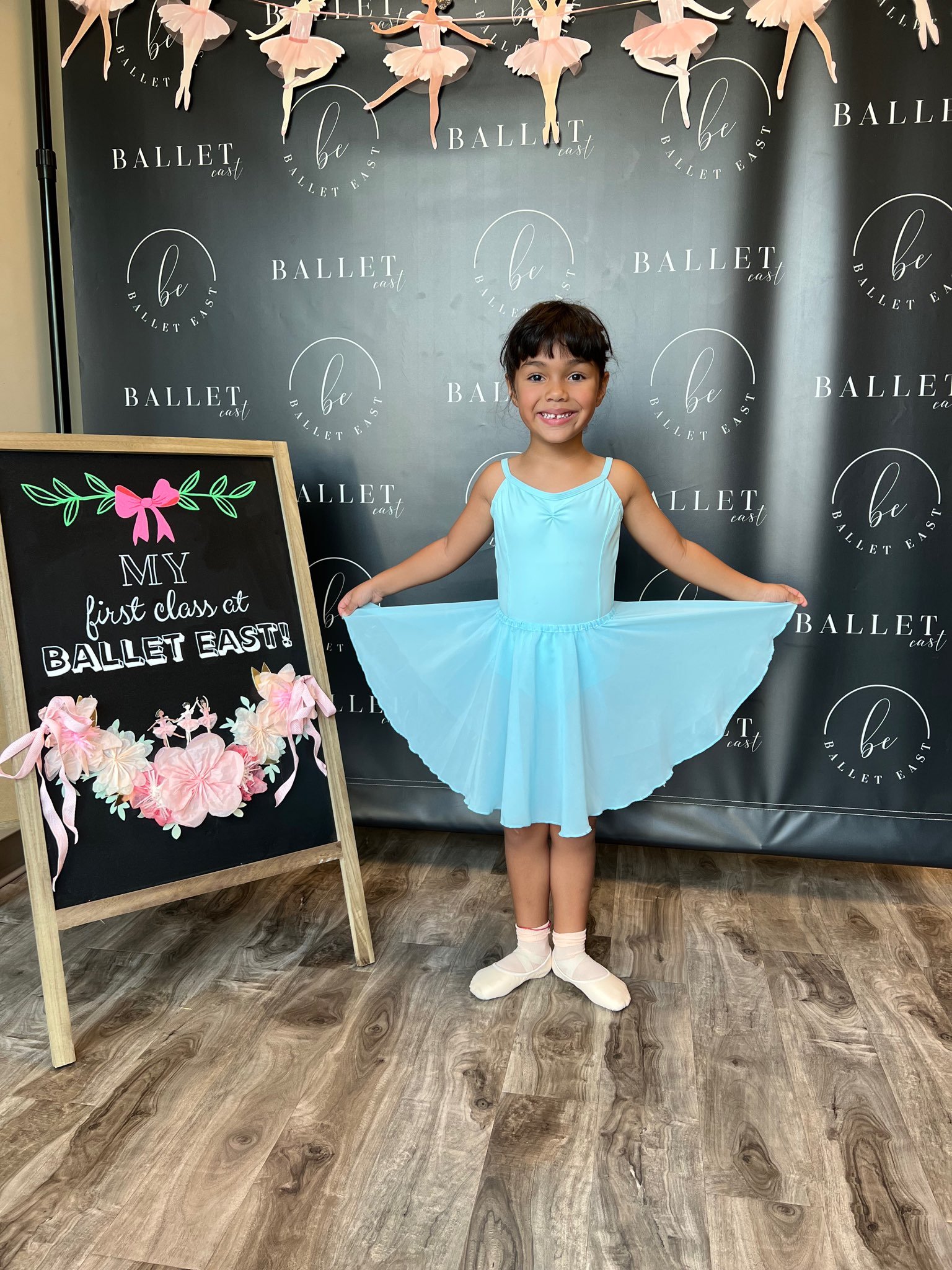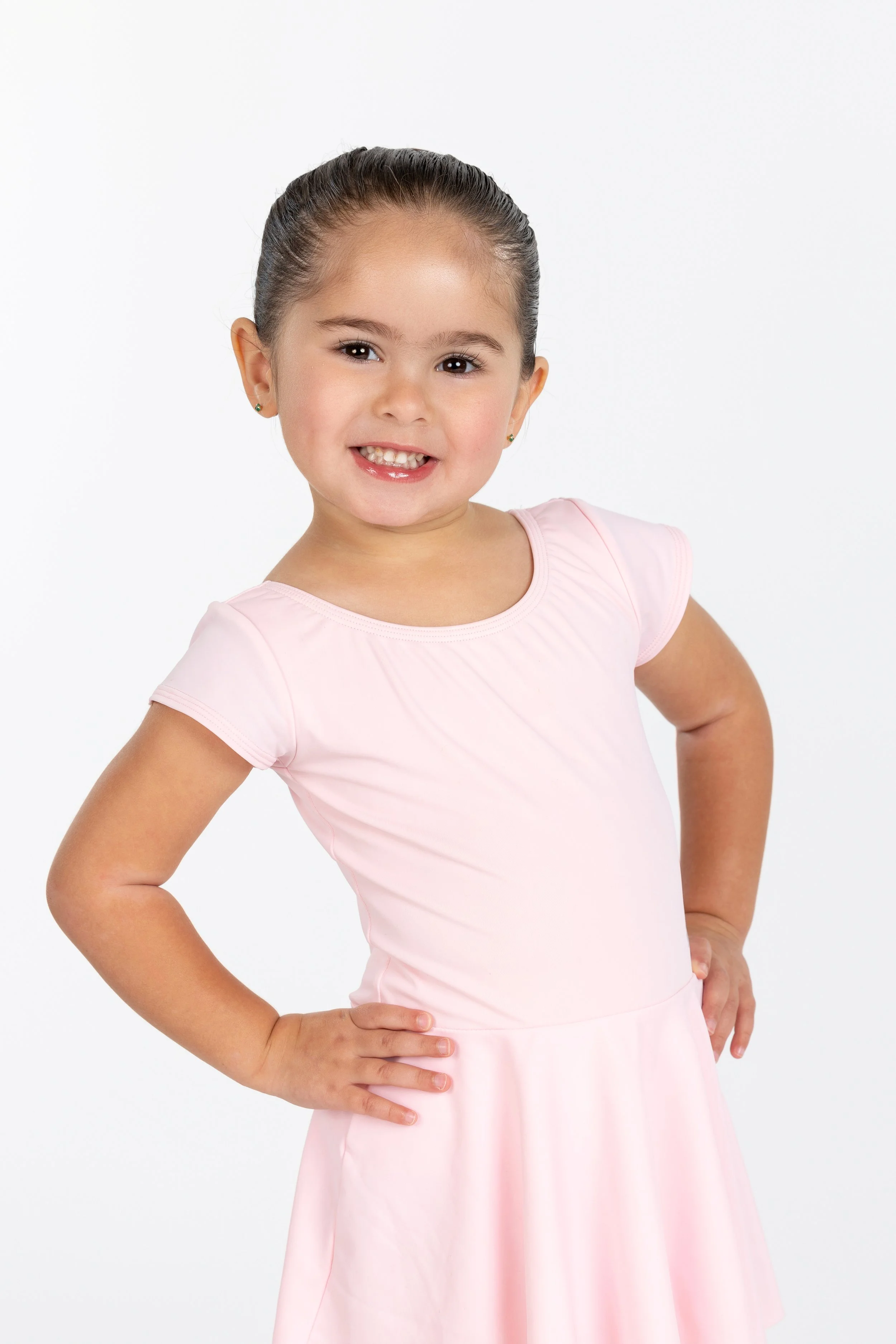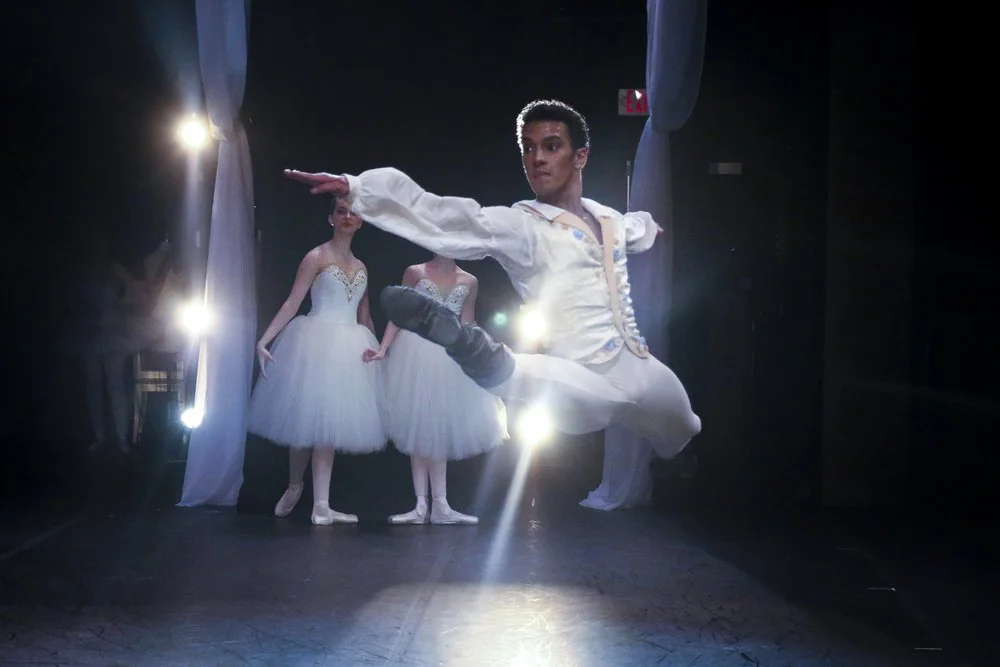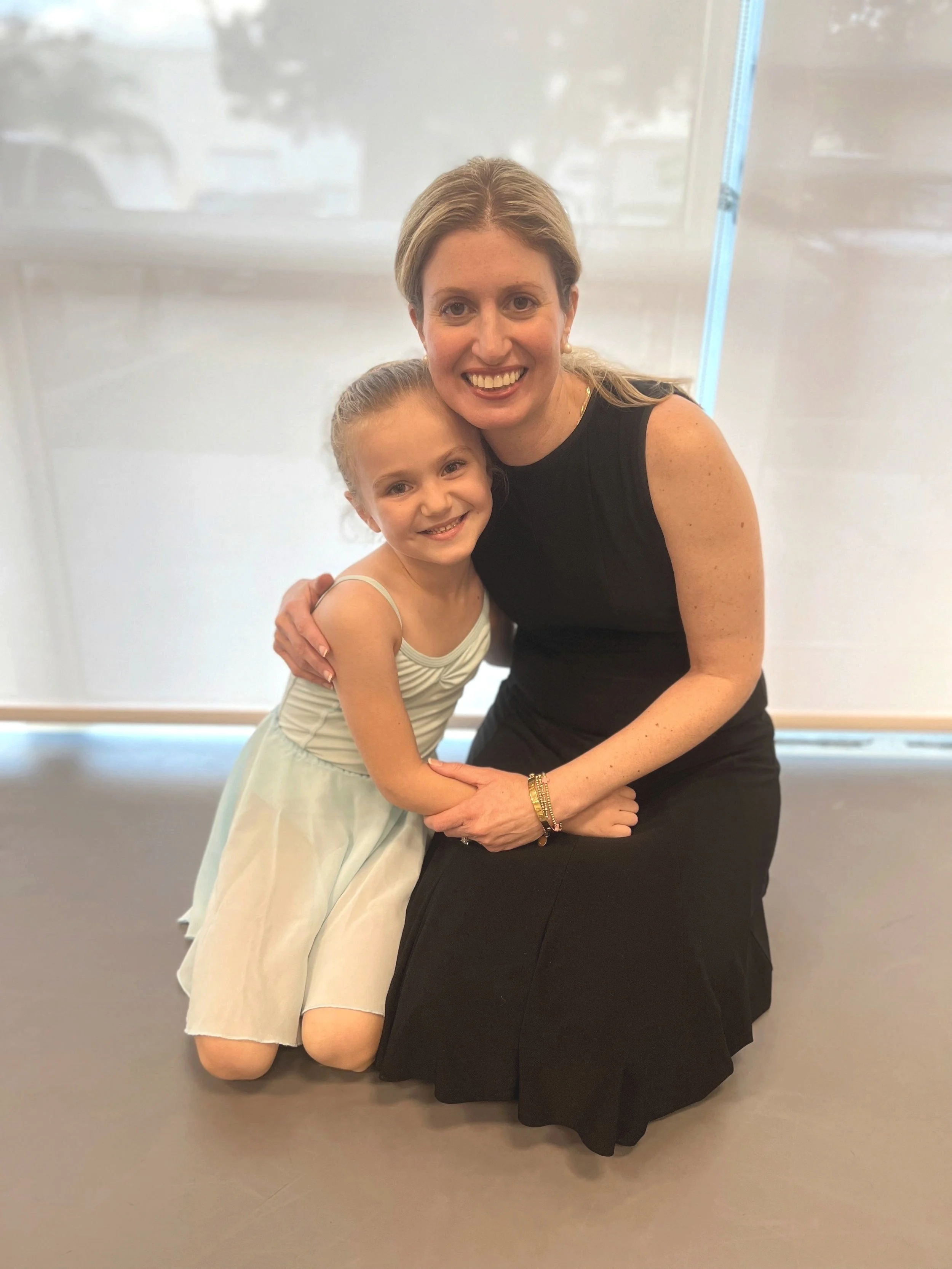Class Descriptions
If you have never taken dance lessons before or experienced dance classes for your child, it may be unclear what dance class is about.
Please take a look at the class descriptions. Once you get a glimpse of what happens in a dance class, take a look at the
Our Dance Classes to see what we offer for your child’s age.
Little Leapers, Petite 1 & 2
-
Our Little Leapers and Leap N’ Learn Creative Movement classes make learning dance a genuinely creative experience. These dance classes teach movement that benefits a child’s coordination, musicality, and expressiveness. Through playful learning, your child works on skills that develop their body awareness and coordination. They are guided through exercises promoting physical strength and neural brain development. At the same time, they are building social skills by interacting with other children in a positive environment. Our dance lessons teach dance steps and develop your child’s SEL skills: self-awareness, self-management, responsible decision-making, social awareness, and relationship skills.
Elementary 1-4, Junior 1 & 2, Pre-Professional, ATP
-
Ballet is a classical dance form demanding proper lines, grace, and precision. Ballet introduces dancers to codified positions, steps and gestures set in intricate, flowing patterns to create expression through movement. A typical ballet class is divided into Barre and Centre which includes Adage (slow controlled movements), Pirouettes (turns) and Allegro (jumps). Ballet class always finishes with Reverence (paying respect to and acknowledging the teacher, usually with a bow or applause).
A Ballet class is progressive. At the beginning of class at the barre, dancers will start by learning smaller, more basic steps and movements at a slower tempo. These basic steps form the foundation of the dancer’s grander, more complex steps onstage. The dance class then moves to centre floor to work on the more extravagant movements you will recognize on stage.
Since our dance curriculum is built on age-appropriate progression, younger students will only work at the barre in dance class once they are at the proper height and maturity.
Junior 2, Pre-Professional, ATP
-
Our Pointe classes are only recommended to experienced students that have completed two or more years of pre-pointe work. The technique at this level is very demanding, so students must have acquired the proper strength and ability to participate safely in this class. For experienced dancers, pointe technique is an essential skill in classical training. Ballet East Pointe class is designed to help systematically increase security and control to develop muscles and technique properly. Pointe students will also learn and analyze classical pointe variations from the famous ballet repertoire.
Junior 2
-
Pre-pointe is a very serious step in ballet training. Students are expected to be dedicated and disciplined and required to take at least three weekly technique classes. Most girls on this part of the journey are excited and eager to start working on pointe. But, to decrease the possible risk of injury, we offer this next step only to the girls who show adequate physical strength, accurate technique, and necessary mental awareness for such a challenging endeavor.
Pre-pointe classes focus on a foot strength-building program designed for pointe readiness. Students will learn and practice pointe barre work with an emphasis on an individual's correct foot and body alignment and study the proper fundamental techniques required for the execution of more difficult steps. Ballet East instructors guarantee a slow, thorough, and careful approach to assure a safe and solid foundation that will help students be in control and at ease when dancing on pointe.
Pre-Professional, ATP
-
A ballet variation is a solo from a ballet, such as the Esmeralda variation done with the tambourine. There may be minor changes to suit the dancer, but the choreography is mostly the same from when the choreographer initially set it (often hundreds of years ago).
Classical Variations class emphasizes developing the technical and practical skills necessary to adjust to various classic repertoires, from corps de ballet work to the principal roles. At Ballet East, advanced dancers can learn well-known variations from classical and contemporary ballets such as Nutcracker, Sleeping Beauty, Swan Lake, Don Quixote, etc.
Pre-Professional, ATP
-
Pas de deux means dance of two. If you think of Romeo dancing with Juliet, you have a good visual of a pas de deux. This dance class covers the basics in supported turns, lifts, and couple ensembles. These dance classes are designed to build a student's core strength and confidence while lifting and supporting each other in a kinetic relationship. It takes this unique training to acquire the skills for successfully maneuvering through this specialized choreography.
Elementary 4, Junior 1
-
Jazz focuses on learning proper dance techniques for the genre, such as isolations of the body. It will also improve a student’s performance quality by teaching them how to work through complex rhythms and patterns. Jazz is a fantastic introduction for students who are interested in taking contemporary dance classes in the future.
Junior 1 & 2, Pre-Professional, ATP
-
Contemporary dance is a blend of ballet and modern dance. It builds a strong core and combines precision leg work with the fluidity of the torso. Contemporary dance encourages self-expression, natural movement, exploration, and personal interpretation.
Elementary 2 - 4, Junior 1 & 2
-
This class is based on safe and effective progressions with proven results in five divisions of Acro Dance: flexibility, strength, balancing, limbering and tumbling. Developed with input from professionals, students will learn techniques to facilitate strength, power, flexibility, agility, dexterity, endurance, and hand-eye coordination.
Elementary 1-4, Junior 1 & 2, Pre-Professional, ATP
-
Stretching has many benefits for dancers. Stretching helps keep muscles long and supple, while exercise increases strength. This class teaches how executing specific exercises and stretches appropriately before and after class helps to prevent injury by making the muscles more pliable. In addition, students will work on improving posture, increasing flexibility and range of motion, and strengthening the muscles. Finally, this class will aim at increasing the core body strength essential for a dancer.
Junior 2, Pre-Professional, ATP
-
Progressing Ballet Technique is an innovative program developed by Marie Walton-Mahon for students to understand the depth of training muscle engagement. Progressing Ballet Technique helps the dancers understand the use of muscle memory to improve core stability, weight placement and alignment. This class incorporates an exercise ball provided by Ballet East.
Junior 2, Pre-Professional, ATP
-
Cross-training teaches dancers how to engage the proper muscles to execute a movement. What they learn allows them to perform dance steps with greater understanding, care, and intentionality. Cross-Training includes agility/endurance training, plyometrics, and exercises recommended by dance physios. In addition, cross-training enhances overall performance, endurance and reduces the risk of injury.
Junior 1 & 2, Pre-Professional, ATP
-
Boys' and Mens’ jump classes focus on the physical strength, power, and brilliance of male dancing with particular emphasis on elevation (height of the jump), beats (those magnificent jumps where you see the legs switch from back to front in the air) and much more.
“We feel really, really lucky and blessed that we found Ballet East. I think it’s always important to have people who care about you outside of your family, and I was just so grateful that they have been able to find that at the studio.”
— Stephanie mom of Nina














